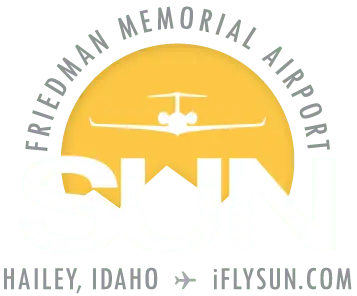
If you have ever traveled during a time change to another time zone, you might wonder just how the airlines manage it. Changing our own clocks can be such a pain. Thanks to united efforts, this behind-the-scenes process provides a stress-free solution for all involved.
Where it all began
It all started when ships began sailing the seas, opening the doorway for scheduling the delivery of goods.
After several disasters at sea due to poor navigation, the British government decided to award £20,000 (about $1 million U.S. dollars today) to the first person to develop a chronometer. This timepiece determines the ship’s longitude position by comparing Greenwich, England (a longitude of zero) to the current location found from observations of celestial bodies.
The inventor and recipient of the award was John Harrison, an English mechanic. His chronometer enabled navigators to compute their longitude at sea. He would finally receive his award 40 years later!
Railroads bring new problems
While all that was fine and good for the shipping industry, steam-driven trains were starting to take off. It was a complete mess as one town to the next operated at different times. By 1880 in America alone, the railroad industry was dealing with more than 100-time schemes.
GMT arrives on time
Finally, in 1883, Canadian and U.S. railroad companies implemented a plan. It divided the globe into 24 time zones, 15 degrees apart. While different nations wanted their own countries to be home to the starting line, organizers finally agreed to make the prime meridian Greenwich, England. This created Greenwich Mean Time (GMT).
Aviators seek solutions
As aviators took to the skies, pilots would rely on highways, railroads, and other landmarks. Bad weather or trips over water could be deadly.
In the 1930s, the U.S. Army Air Corps decided to train pilots how to make calculations with the tools they now possessed- aerial sextants, drift meters, slide rules, and mariner star charts adapted to aerial almanacs, along with watches as accurate as the chronometers aboard ships. All military personnel worldwide operated on GMT. After WWII, advancements in technology replaced such calculations.
Not quite good enough
As it would go, GMT was not precise enough to be used by modern aviation technology. This has to do with the earth’s rotation varying slightly. In the 1960s the United Nations (UN) got together and adopted the UTC (coordinated universal time) as its successor.
UTC (also referred to as Zulu time) is the primary time standard by which clocks are regulated worldwide. Weather reports, flight planning, and flight clearance times are calculated based on UTC. This assures smooth operations and minimizes issues with daylight saving time (DST) or crossing time zones.
To infinity and beyond?
Space travel is sure to bring even further developments in timekeeping. Following are some fun space-time facts as well as other time trivia. Don’t forget – set those clocks one hour ahead on Sunday, March 13.
Fun facts:
- NASA uses the Deep Space Network to send regular uplink data to space probes, the International Space Station (ISS), etc. It’s based on UTC and generated by an atomic clock. Because relativity affects the time code it needs to be modified to be in synch.
- The time zone used onboard the ISS is UTC. The windows are covered at night hours to give the impression of darkness because the ISS experiences 16 sunrises and sunsets a day. During visiting space shuttle missions, the ISS crew will mostly follow the shuttle’s Mission Elapsed Time, which is a flexible time zone based on the launch time of the shuttle mission.
- What is Zulu time? The military coined this term. Since Greenwich is the site of the zero meridian, they called GMT zero time or simply z-time. In the phonetic alphabet used to make themselves understood on their radios, z became zebra. When the radio alphabet was changed, the call sign became Zulu.
- English speakers often use GMT as a synonym UTC although this is incorrect – GMT is now a time zone, not a time standard. Just as UTC is a time standard, not a time zone.
- You might be wondering why UTC is the abbreviation for Coordinated Universal Time. The acronym came about as a compromise at the UN between English and French speakers: normally, it would be abbreviated as CUT, and the French name, Temps Universel Coordonné, would be TUC. French is the official language spoken at the UN.
- This past year, world timekeepers skipped the leap second on December 31, 2021. Overall the spin of Earth is slowing down, but in 2020 it sped up. They will consider a proposal to dump the leap second altogether in 2023.
- The International Telecommunication Union’s Radiocommunication Assembly is known as the international authority of timekeepers, located in Geneva, Switzerland.
- If you time it right, you can get an extra hour in Europe and an extra hour at home in bed if you schedule your international flight during a time change.
- If you are en-route on a redeye during DST the computers do the work behind the scenes. The pilot will announce the arrival time to passengers.
- To find the current UTC, simply type the letters into any search engine.
- A collaborative database of the world’s time zones, primarily intended for use with computer programs and operating systems exists as the tz database and is maintained by just one person.
- Looking for a travel time calculator? Use Time and date calculator to calculate any trip including up to 6 transfers.

